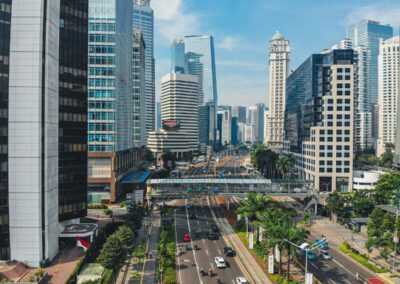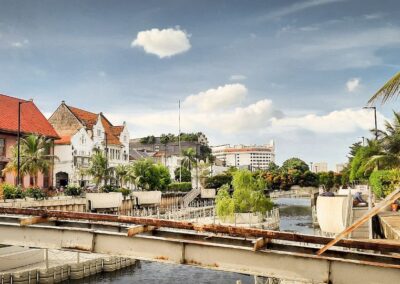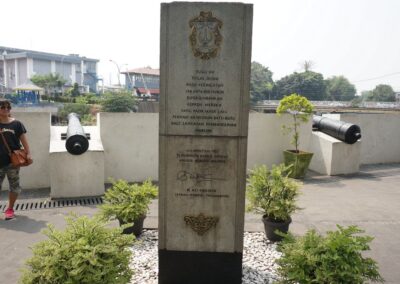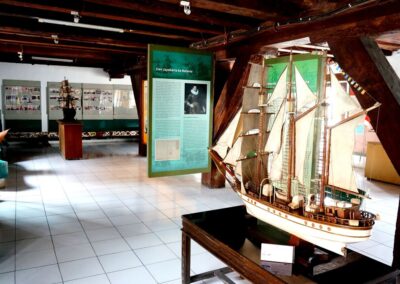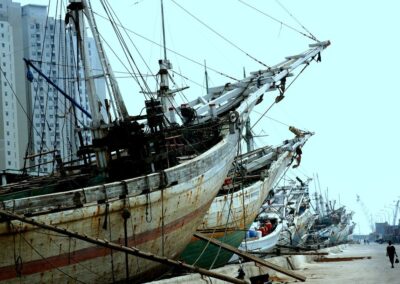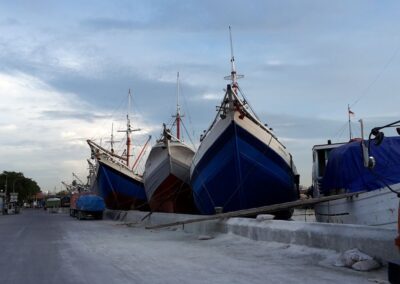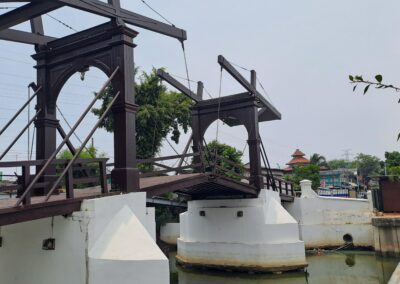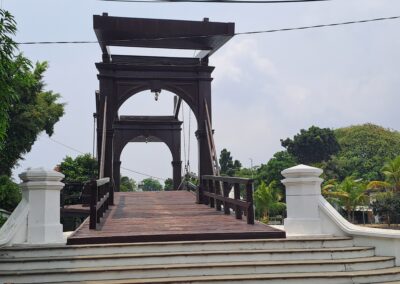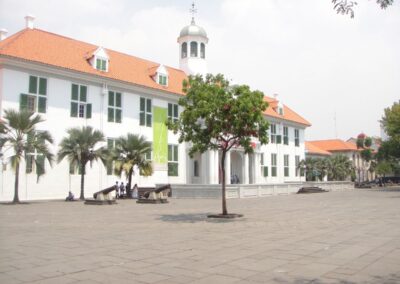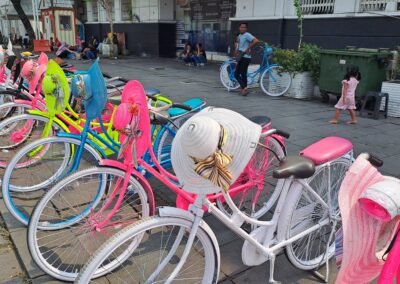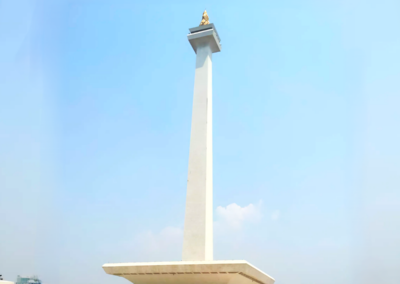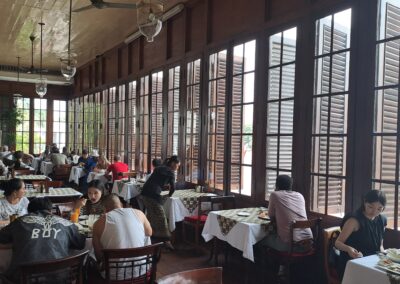Jakarta City Tour
Welcome to Jakarta, the vibrant and bustling capital city of Indonesia! This city is a melting pot of diverse cultures, with a rich history and a vibrant contemporary scene. A Jakarta city tour is an excellent way to explore the many facets of this fascinating metropolis.
During its heyday in the 16th century Jakarta – then named “Batavia” – was known as “The Queen of the East” and “The Jewel of Asia”. Sunda Kelapa harbour was a hive of activity with merchant vessels from Europe, China, India and the Indonesian Archipelago, loading cargo on board and sailing away with precious spices, such as nutmeg and pepper, as well as tea, coffee, ceramics, cloth and other exotic items. Warehouses were chock a block with tin, copper and spices. This flourishing trade filled the coffers of the Dutch treasury.
The tour will start with a visit to Sunda Kelapa harbour, the historic 12th century port used by the Portuguese and the Dutch. Nowadays the port functions as an inter-island harbour where one can mostly see traditional Indonesian two-masted sailing ships called Phinisi and the old warehouses have been converted into a maritime museum.
The tour continues to “Old Jakarta”, once the center of the walled city of Batavia when it was under Dutch colonial administration in the 17th century. You will stop at Kota Intan Bridge, which was built by the Dutch government. The bridge is made of wood and had a drawbridge system to lift the bridge when a ship or boat passed by. In colonial times ships bringing spices from far flung parts of the archipelago would pass by Kota Intan Bridge in order to access the warehouses. The Indonesian government has restored and consolidated the bridge but the leverage system is no longer in use.
Next stop is Fattahillah Square for a stroll around Old Batavia. Many of the original buildings are still intact. Old Batavia is a designated conservation area, and plans are afoot to restore the whole neighbourhood. Taman Fatahillah Square & Museum is an area housing three of the city’s most interesting museums. Once the heart of the colonial administration in the 18th century, the square underwent a major restoration in the 1970s. Don’t miss the Portuguese cannon on the north side. It was originally occupied by a Dutch Reform Church until a devastating earthquake in 1808, it was then renovated to be a warehouse until 1912. Some prominent Dutch officials are buried in a small cemetary located behind the back of the warehouse. The museum boasts thousands of puppets from all over Indonesia. Two of the most famous are Wayang Kulit and Wayang Golek. These shadow puppets lend an exotic insight into the native theatrical scene.
Continuing your journey to Glodok Chinatown, home to Indonesia’s largest Chinese community. Immerse yourself in a hive of commercial activity as you witness locals trading their wares. Visit the 16th-century Vihara Dharma Bakti temple which was established in 1650, it is the oldest temple in Jakarta.
Continue to Monas National Monument for a photo stop, representing the people’s determination to achieve freedom. This 450 foot tall marble obelisk is topped with a flame, coated with 77 kilograms of gold.
Then, we will have special time to explore the National Museum or more known as Elephant Building after the elephant statue in its courtyard. Its broad collections cover all of Indonesia’s territory and almost all of its history. The museum has endeavored to preserve Indonesia’s heritage for two centuries
* Please note all museums are closed on Mondays.
Safari Tours Price
Price starting from:
USD 128 /person, based on 2 persons
Valid until Dec 31 2025
Includes: Transport, English speaking guide, all entrance fee, drinking water, tolls and parking fee.
Not included: Lunch. we will stop at the famous Cafe Batavia, located in Fattahilla Square. We do not include the cost of lunch as there is a wide selection of choices.

